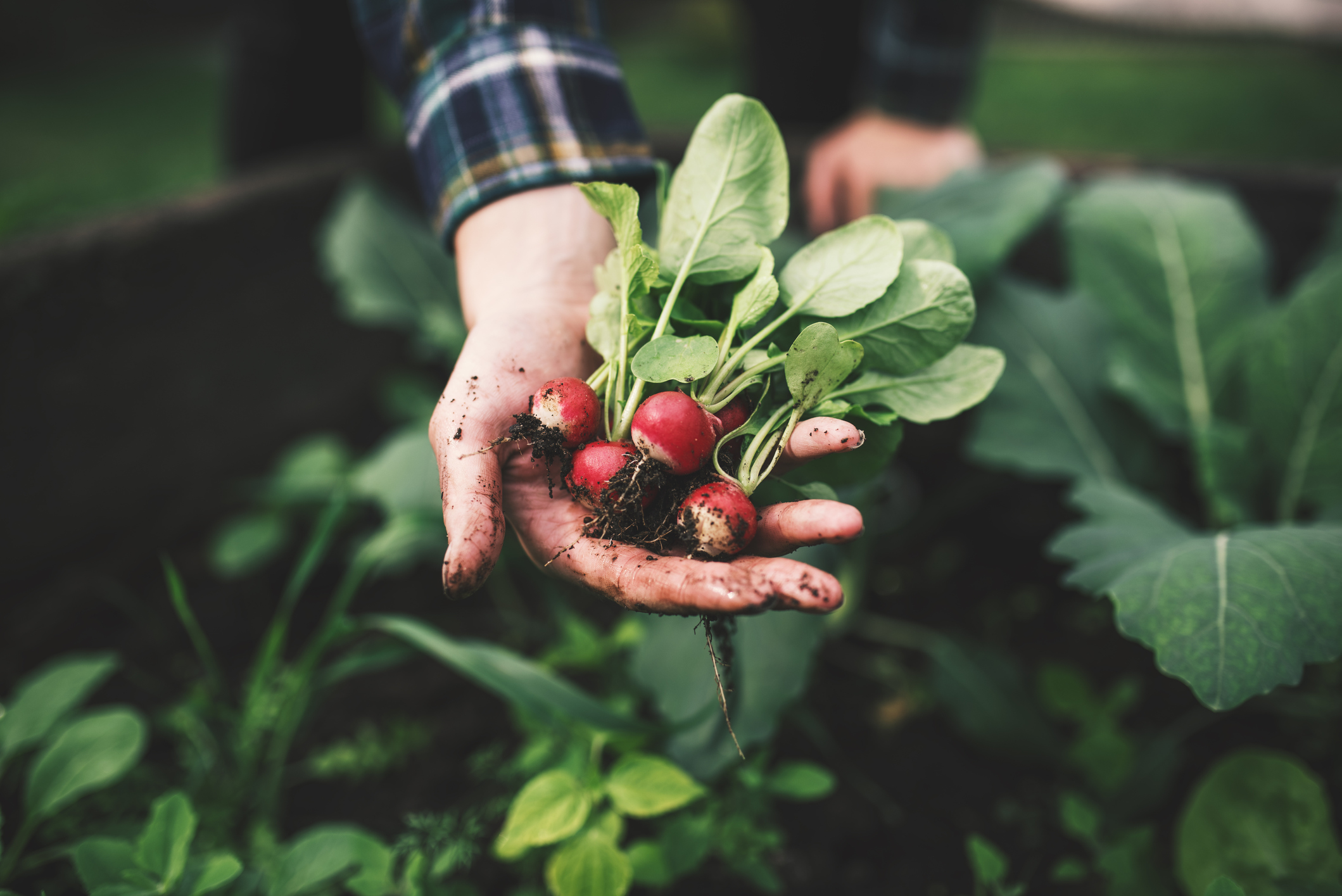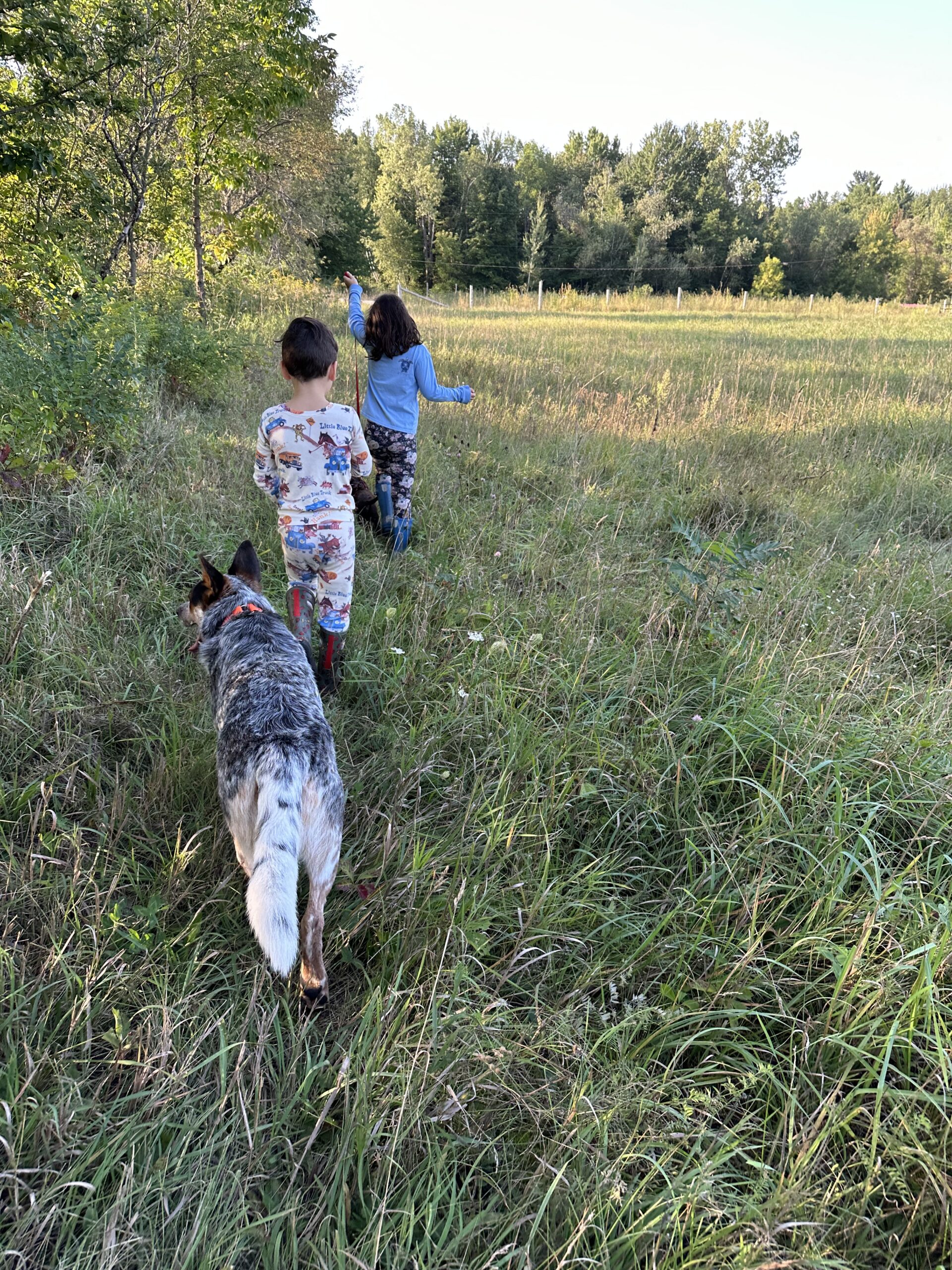Transplanting vs. Direct Sow
For anyone starting a garden, it’s a common question: is it better to direct sow or transplant?
The answer is, it depends. There are pros and cons to each—and it depends on what you are growing and where you are located.
For us, we are located in southwest Quebec, which drops us in the middle of the 5b zone. It also means that gardening out here can be a particular challenge—waiting on the spring can take what seems like forever (and you can count on mother nature throwing a late frost in). For our farm, transplanting helps us get a start on the growing season, but it also means a little more work. We direct sow our beans, beets, carrots and peas for now
To make it a little easier to see the difference between direct sow and transplant, here is a breakdown of the pros and cons of transplanting vs. direct sow.
|
Transplanting |
Direct Sow |
| Allows you to get a jump on the season, especially in the colder planting zones | Plants tend to be hardier when direct sown |
| Optimal plant selection | Less damage: damage can be sustained to the roots when transplanting |
|
Not necessary to thin the plants |
Less work, because you don’t have to transplant the plant, thus avoiding transplant shock. |
| Must maintain control of growing conditions (i.e. temperature, watering, etc. | Due to waiting on the soil to warm up, you’re looking at a later season. |
| Can be more work intensive, especially when it comes to replanting | You will lose time in the field thinning your planting |
You May Also Like

What To Do with Radishes
6 July 2022
The Reality of Catching COVID
18 May 2022

